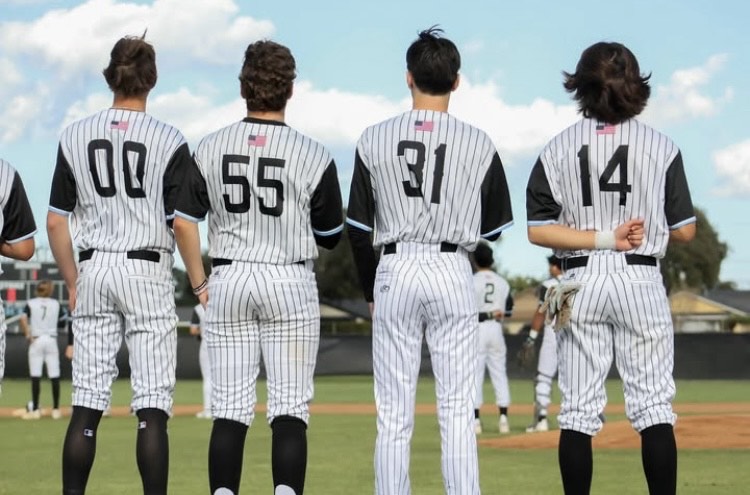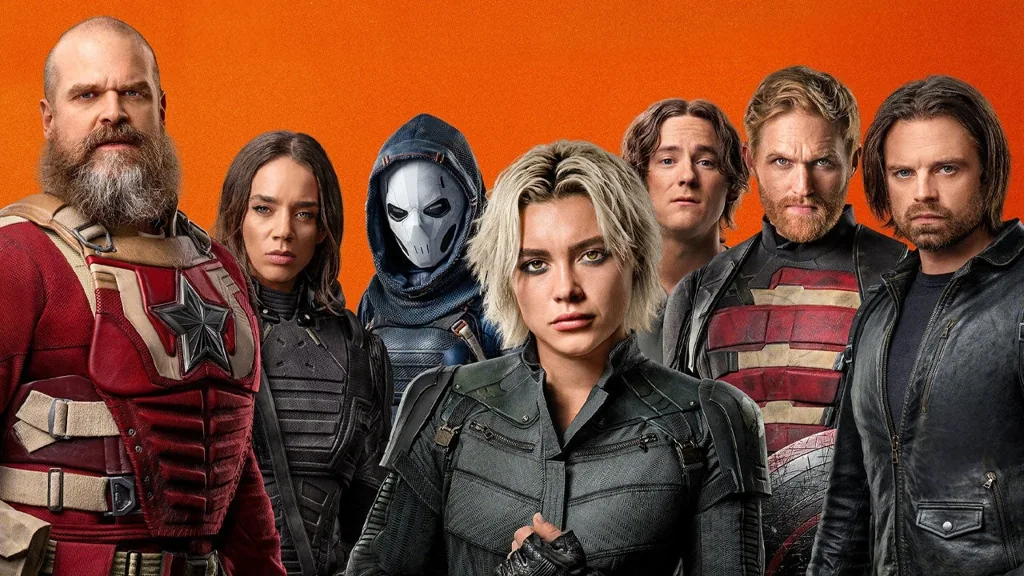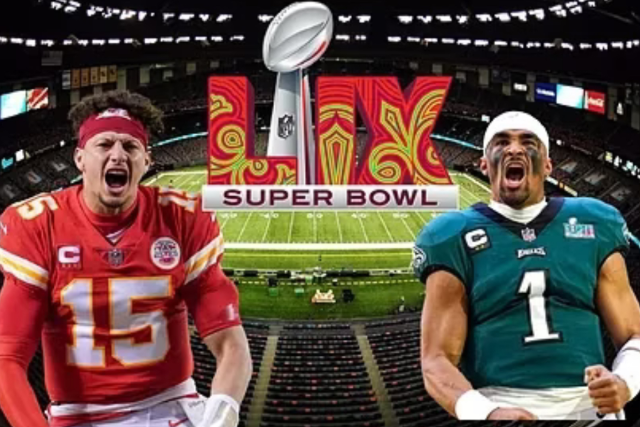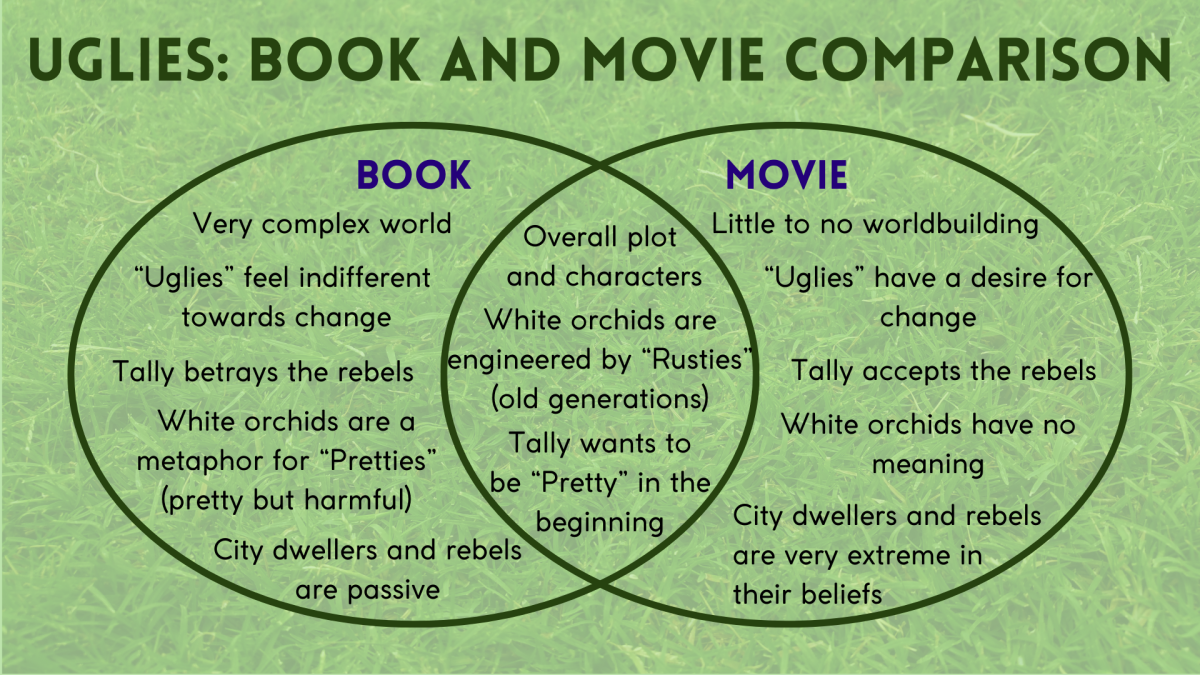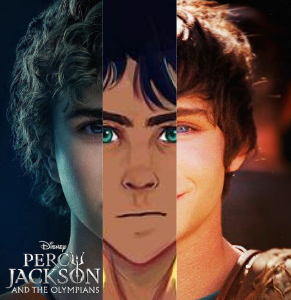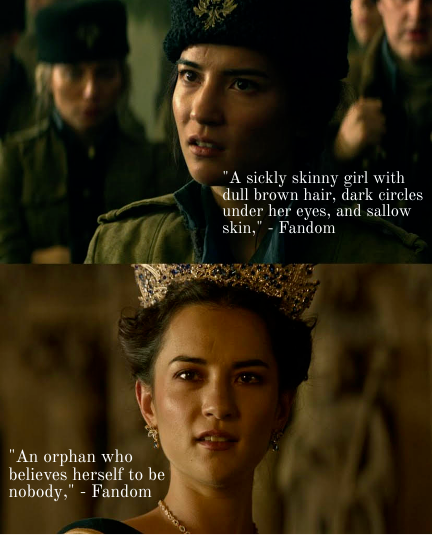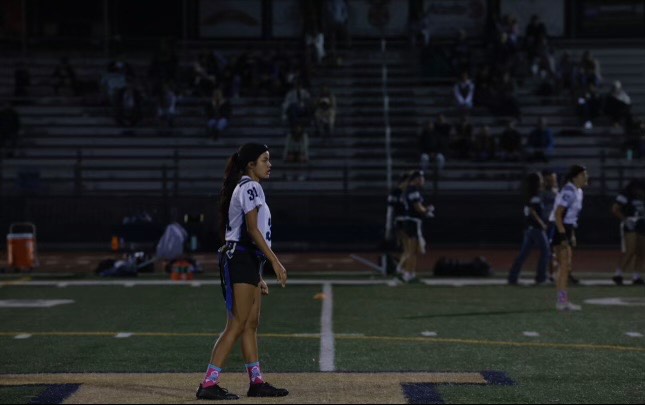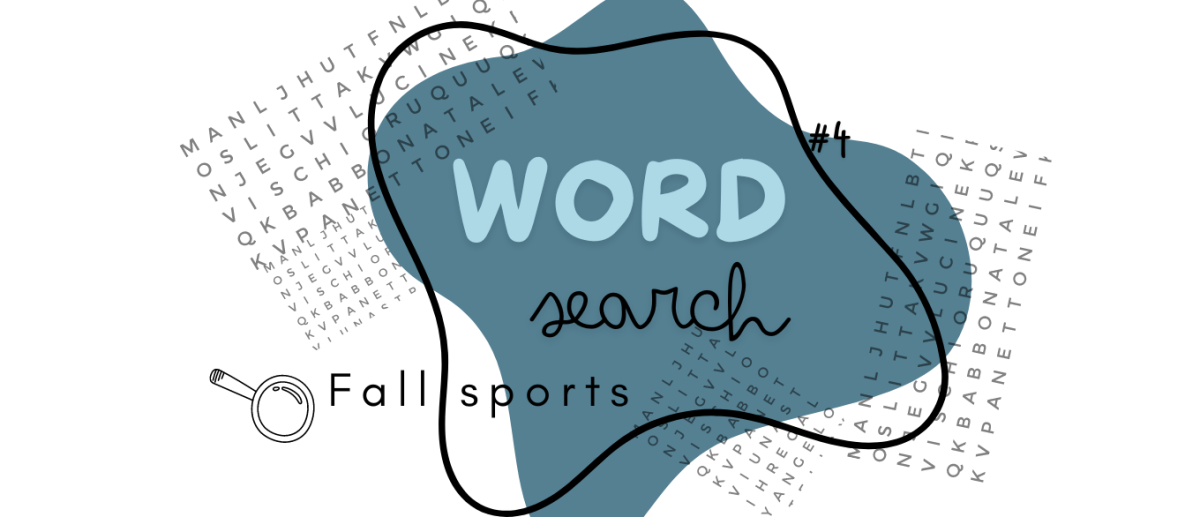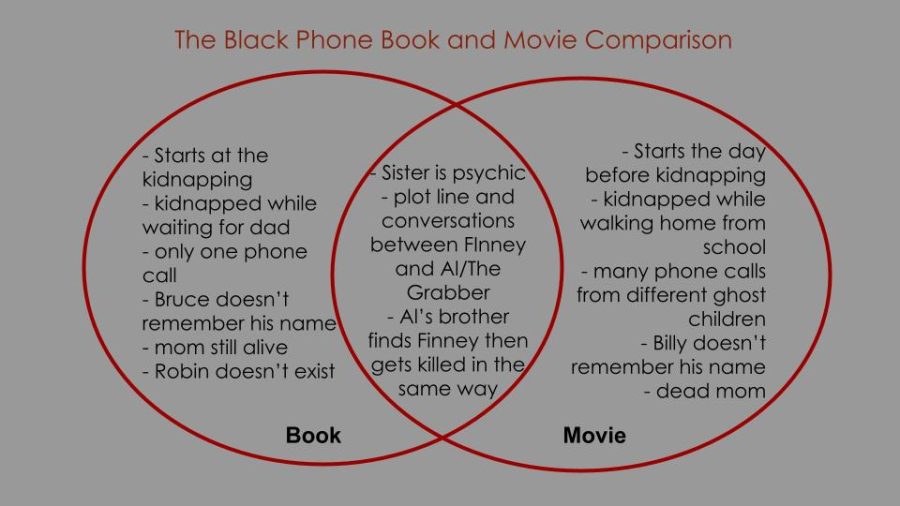The Black Phone: a book to movie comparison
The Black Phone has many small details as well as details that slightly change the plot of the story, such as the amount of phone calls and how Finney is taken.
October 11, 2022
“The Black Phone,” an incredible horror short story by Joe Hill is about a 13 year-old boy, John Finney, who was abducted by a mass killer, Albert, nicknamed at The Grabber. Both the movie and book are full of suspense, but they are not completely identical.
The story was recently turned into a movie by director Scott Derrickson, scoring an 88 percent on Rotten Tomatoes. The two versions of the story are quite similar, but they definitely have their differences. Due to the significant presence of violence, gore, and language in both the movie and the written story, The Black Phone is rated R.
In the start of both adaptations, Finney is violently taken after trying to help an older man pick up his groceries, who viewers and readers soon realize is The Grabber. Once in the basement Finney realizes that there is an older looking black phone, but his disappointment mirrors the audiences when he realizes it is connected to nothing.
The phone, which should not be able to make any sound, rings multiple times over the progression of the story and each time the caller helps Finney with his goal, to get out. But what keeps viewers and readers captivated is who each caller is, or rather once was.
I prefer the movie and recommend it more than the book, especially for people new to the story. The movie includes more background information on the characters and plot with visuals to better understand what Hill was trying to convey in his story.
The book was more dark and suspenseful, despite there being little background information about Finney, the suspense and dark details are what keeps the readers rooting for him. Hill uses foreshadowing to help the intensity grow. The fact that readers are able to understand deep thoughts of Finney creates sympathy for audiences and makes the book darker in the process.
The movie, however, includes much more context and information about Finney compared to the book. Viewers are able to form a connection with him and even the other boys who were taken prior to Finney, his own connection to them keeping viewers entertained.
The context also shows how it might be possible to defeat The Grabber with Finney being a baseball player with a very strong pitch and, therefore, strong arms. Not only that but the context was the movie’s way to draw sympathy for Finney, showing his hard home and social life as well as his family.
“[I liked] the descriptions of the characters in the book and the movie [being] kind of different,” junior Savanna Stewart said.
One of the many differences Stewart is hinting at is Finney’s name. In the book his full name is John Finney and Finney Blake in the movie. Another example is his sister, named Gwen in the movie but called Susannah in the book. She is the older sibling in the book, but younger in the movie and quite different personality wise, being sassier and stronger in her beliefs.
Even The Grabber is described as very different physically, but his personality is consistent with the book. The book describes him as “grotesquely fat” with a bald, shiny head while his actor in the movie, Ethan Hawke, does not meet this description, having shoulder length hair and an in-shape physique.









